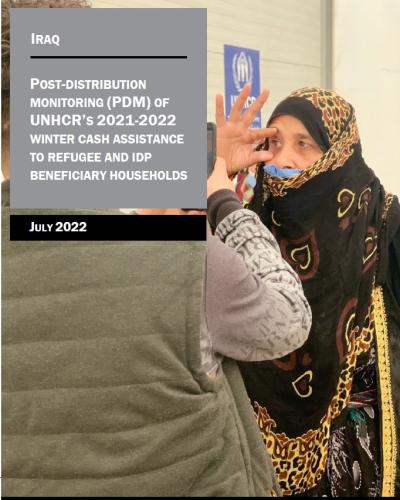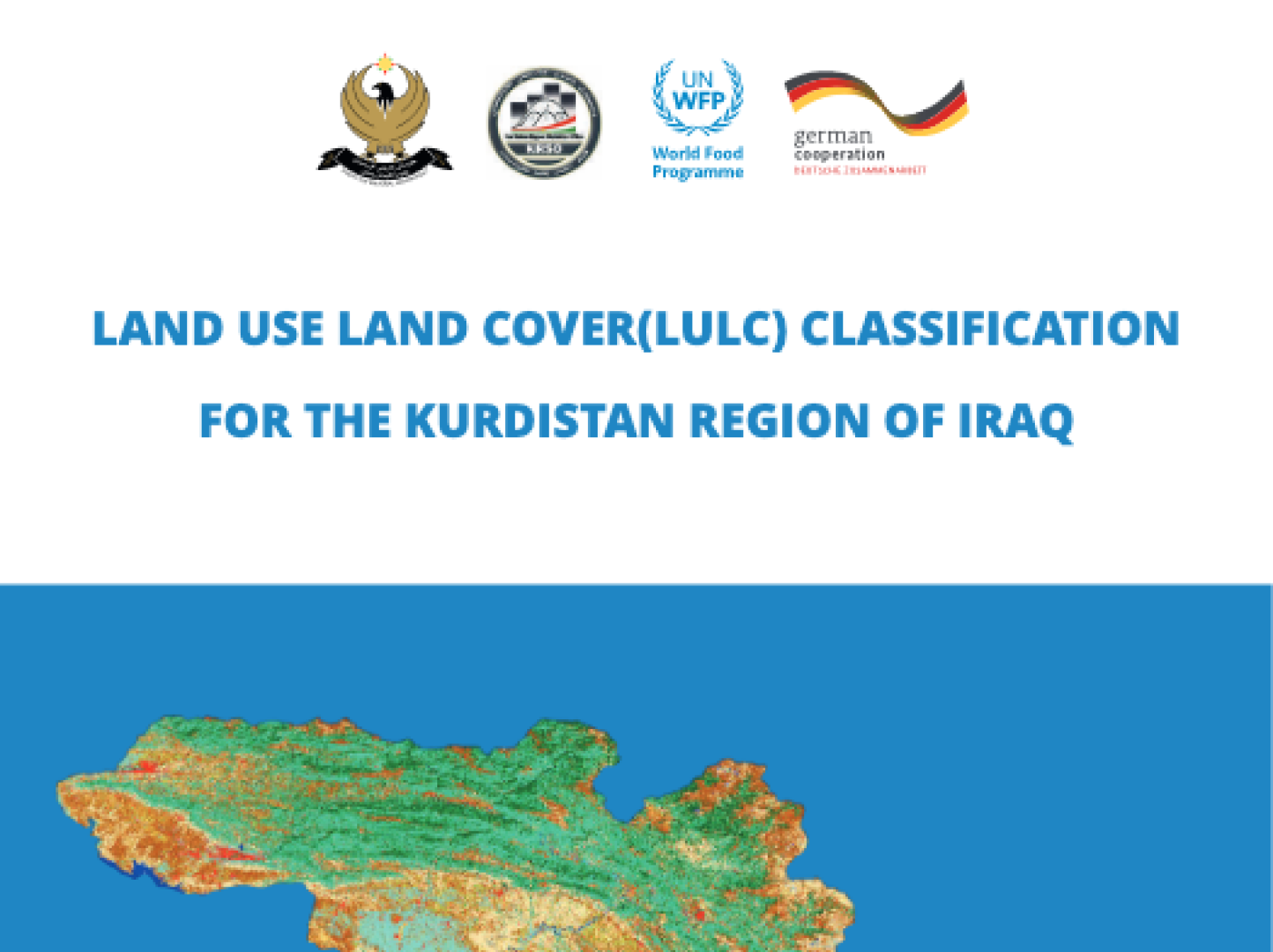Iraq: Post-distribution monitoring (PDM) of UNHCR’s 2021-2022 winter cash assistance to refugee and IDP beneficiary households

The United Nations High Commissioner for Refugees (UNHCR) developed a regional Winterization plan for 2021-2022 in recognition of the heightened difficulties faced by internally displaced persons (IDPs) and refugees during the winter period.1In Iraq, UNHCR aimed to assist 261,595 Iraqi IDPs and returnees, 227,765 Syrian refugees and 37,087 non-Syrian refugees, with an overall target of 526,447.
In some mountainous areas of Iraq, especially in the Kurdistan Region of Iraq (KR-I) where the vast majority of Syrian refugees reside, temperatures often drop as low as two-degrees during the winter months.3 In October 2021, UNHCR published an article explaining how these winter conditions in Iraq posed a dire threat to the well-being of refugees, especially given that many were living in unfinished shelters.4 Therefore, Iraq was included in UNHCR’s regional winterization strategy, distributing winter cash assistance to vulnerable refugee and IDP households to enable them to meet their heightened needs during the winter months.
Between November 2021 and March 2022, UNHCR and its implementing partners provided winter cash assistance to a total of 126,968 households across Iraq.6 According to UNHCR, the demographic composition of beneficiary households was as follows: 61,116 Syrian refugee households, 46,994 Iraqi IDP and returnee households, and 7,746 asylum seeker/refugee households of non-Syrian origin. 7 Winter cash assistance was provided through mobile wallets for IDPs and returnees and through a financial service provider which uses biometric iris scan authentication for refugees and asylum seekers.
The cash assistance was delivered to refugee beneficiary households through a single payment of 480,000 IQD (approximately 330 USD), whereas IDP beneficiary households received a single payment of 240,000 IQD (approximately 165 USD).8 According to UNHCR, this difference was derived from IDP households having received a kerosene allowance from the Government of Iraq and, therefore, the equivalent amount was deducted from the winter cash assistance to avoid duplication.
This report presents key findings from IMPACT Initiatives’ (IMPACT) Post-Distribution Monitoring assessment of UNHCR’s 2021-2022 Winter Cash Assistance for refugee and IDP households living in Iraq. Data collection activities were carried out between 19 April and 1 June 2022, employing a quantitative methodology consisting of a structured household survey. Household interviews were conducted remotely through IMPACT’s Baghdad-based call centre, with a representative sample of beneficiary households randomly selected from the IDP and refugee beneficiary lists provided by UNHCR. Sample sizes were calculated to reach a 95% level of confidence and +/- 5% margin of error at the national level for both population groups (IDP and refugee) and a minimum 95% level of confidence and +/- 10% margin of error at the governorate level and location type (in-camp and out-of-camp). Therefore, all findings are statistically significant at the population group and location type stratifications.
A total of 2,293 refugee and IDP beneficiary households living in camps or out of camps were interviewed across all 18 governorates of Iraq regarding their use of winter cash assistance, the impact of the assistance on meeting winter-specific needs, satisfaction with the process of receiving cash assistance, as well as any non-compliance issues they faced during the process.




